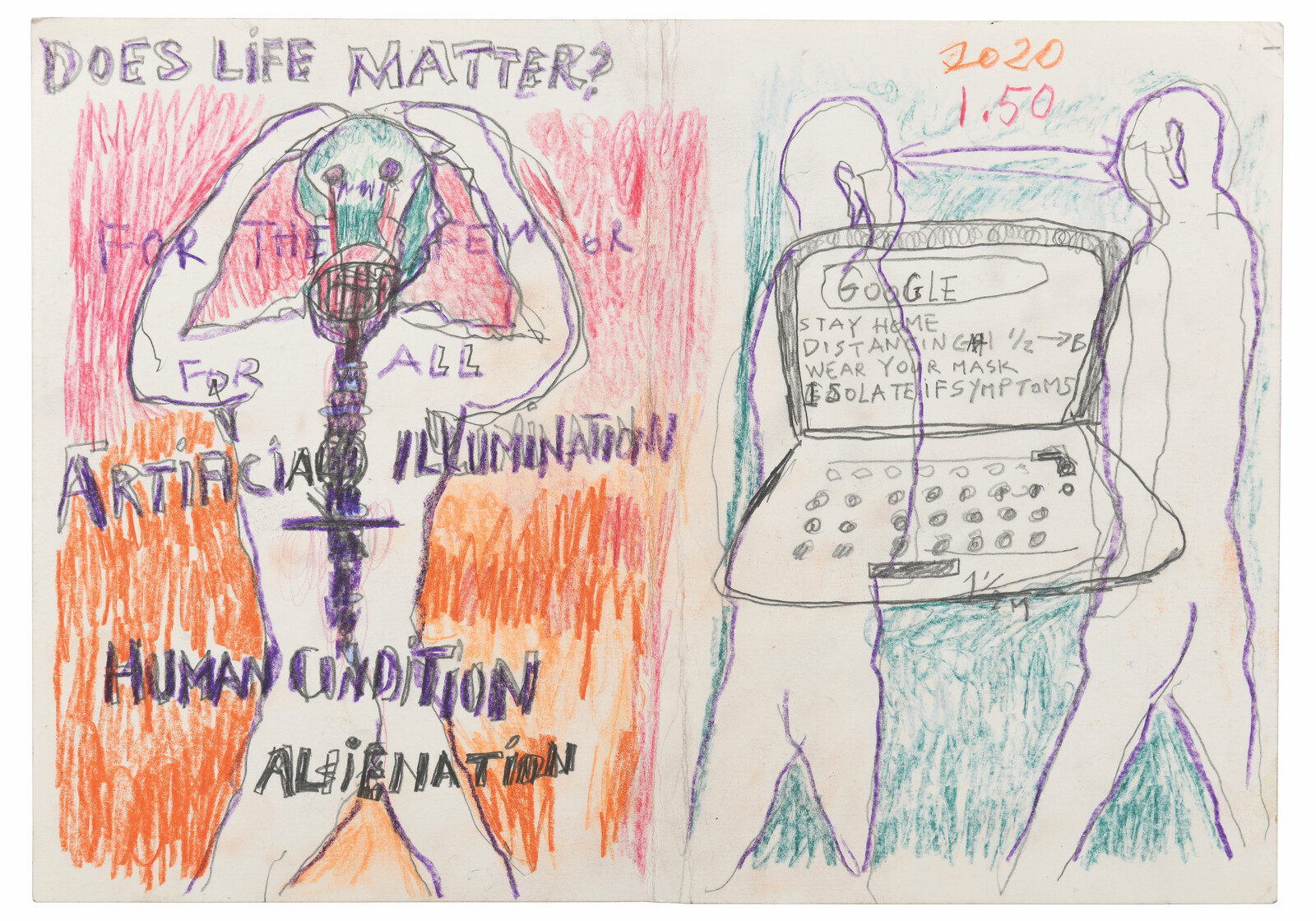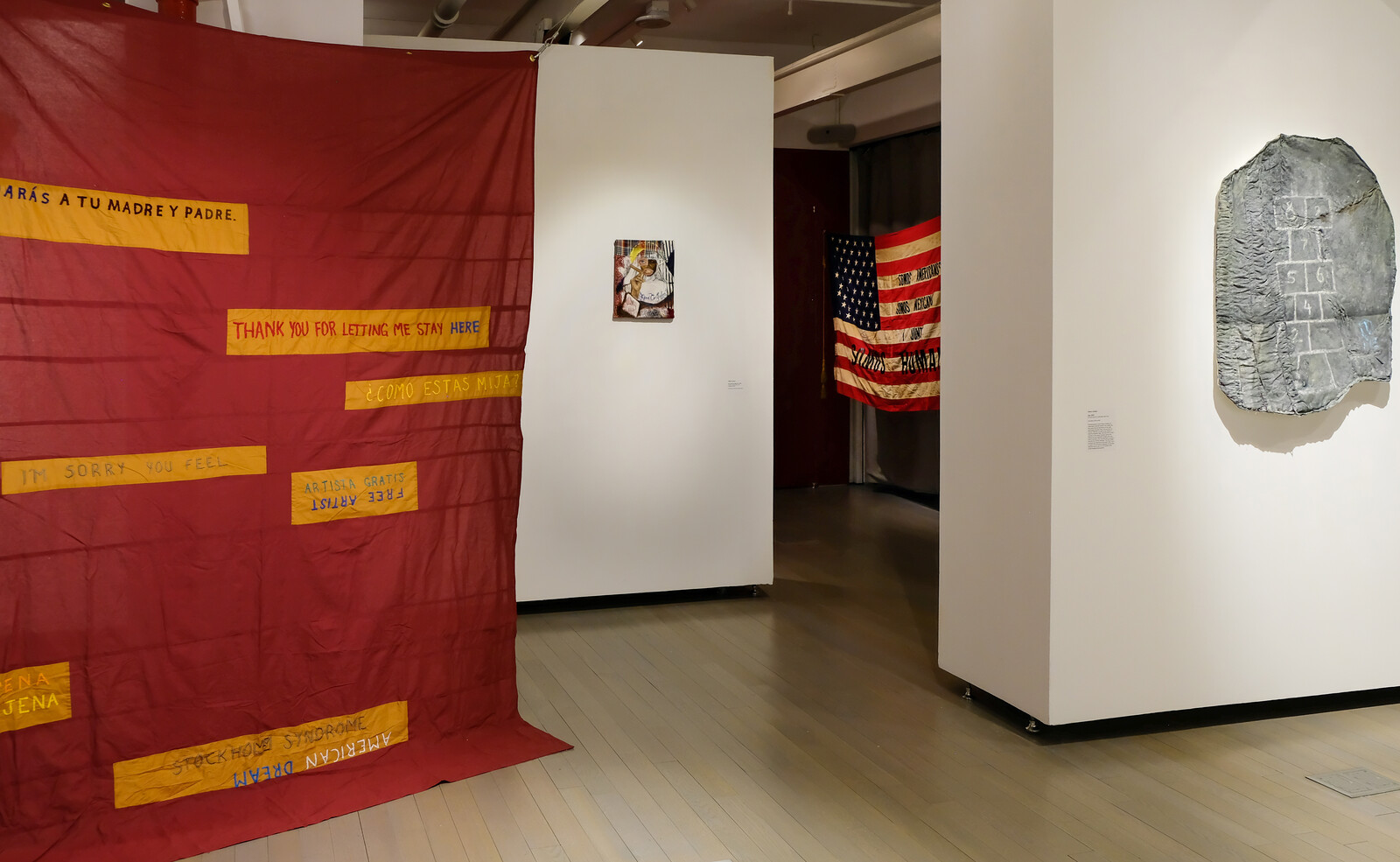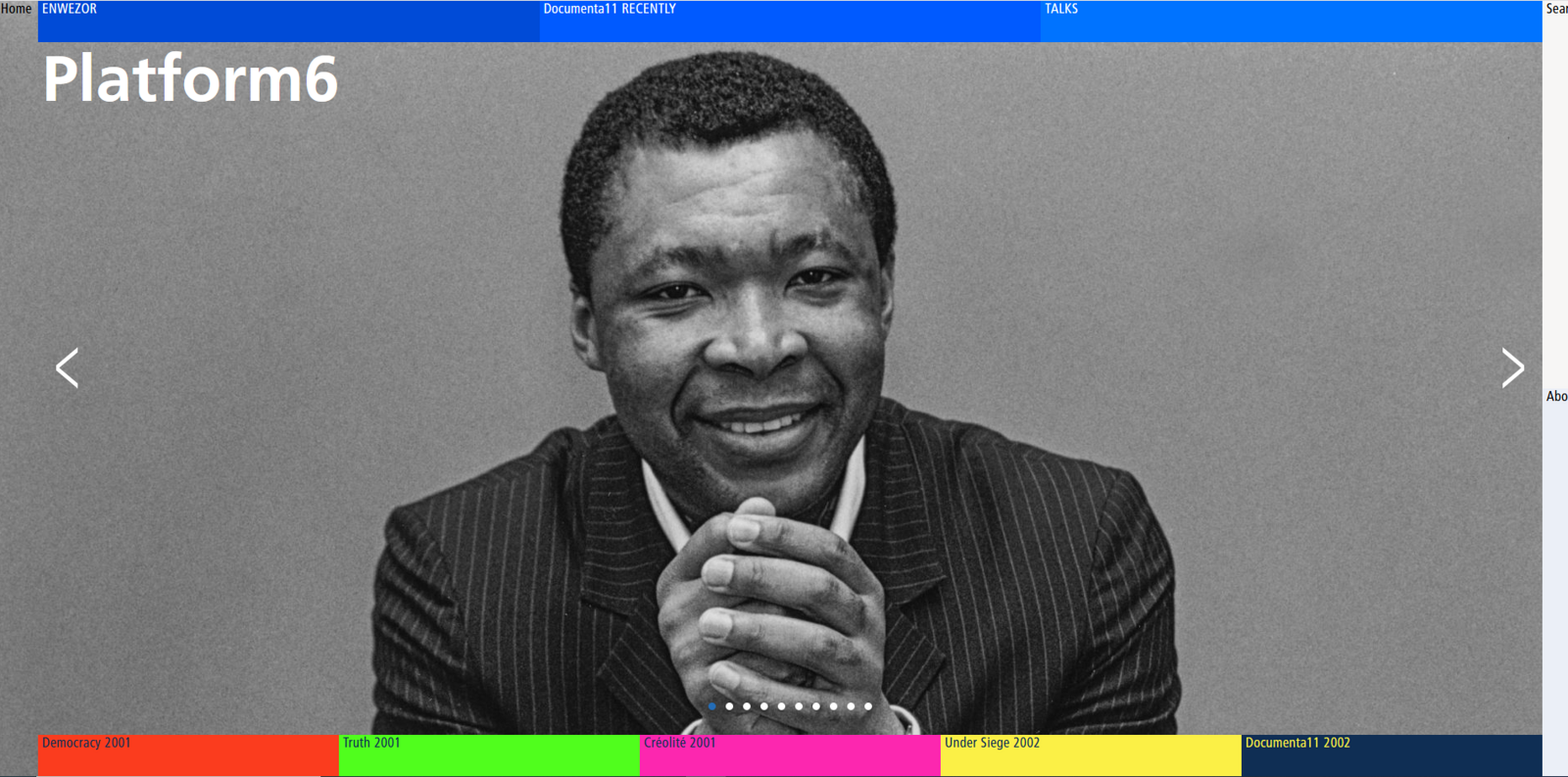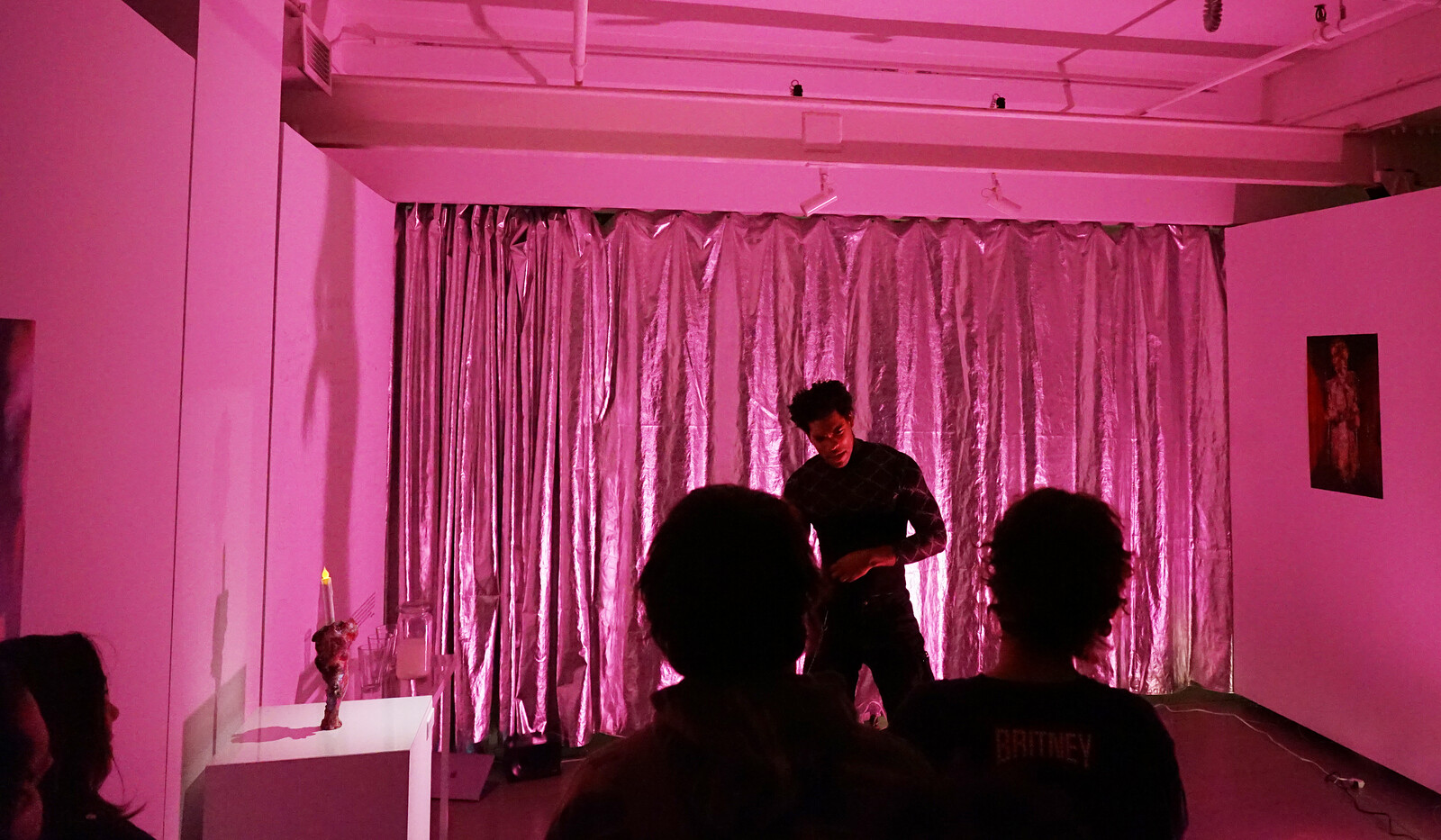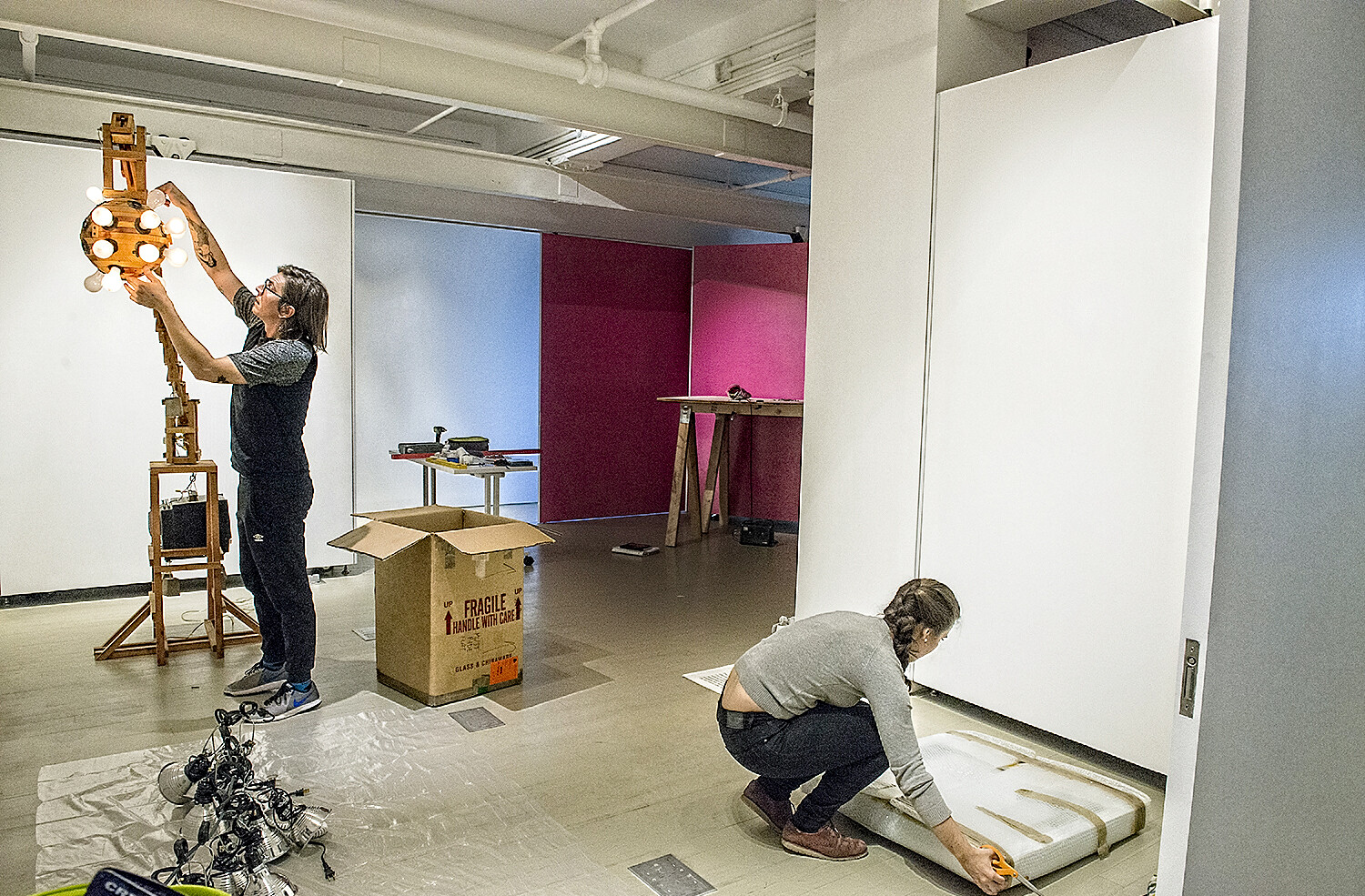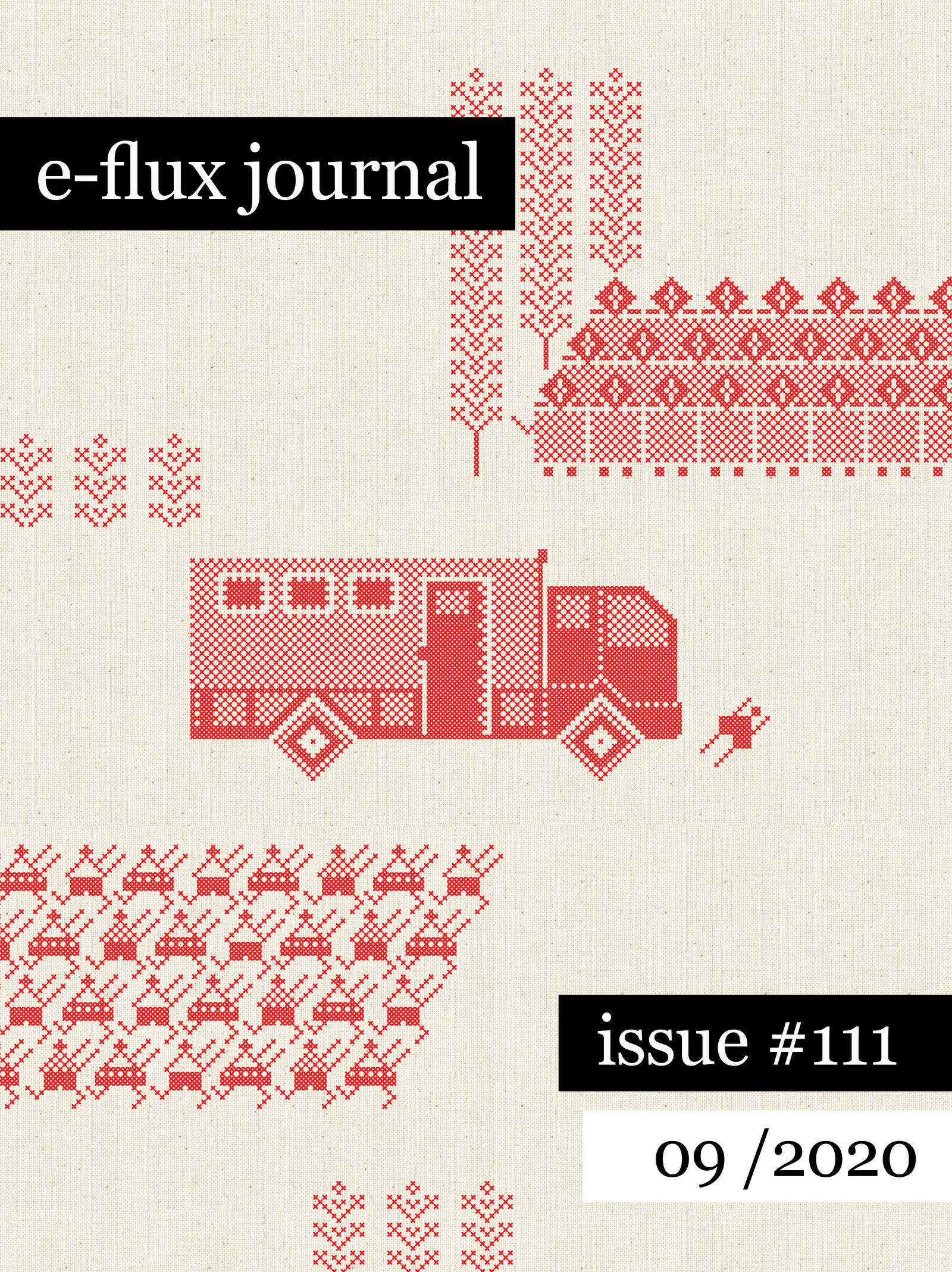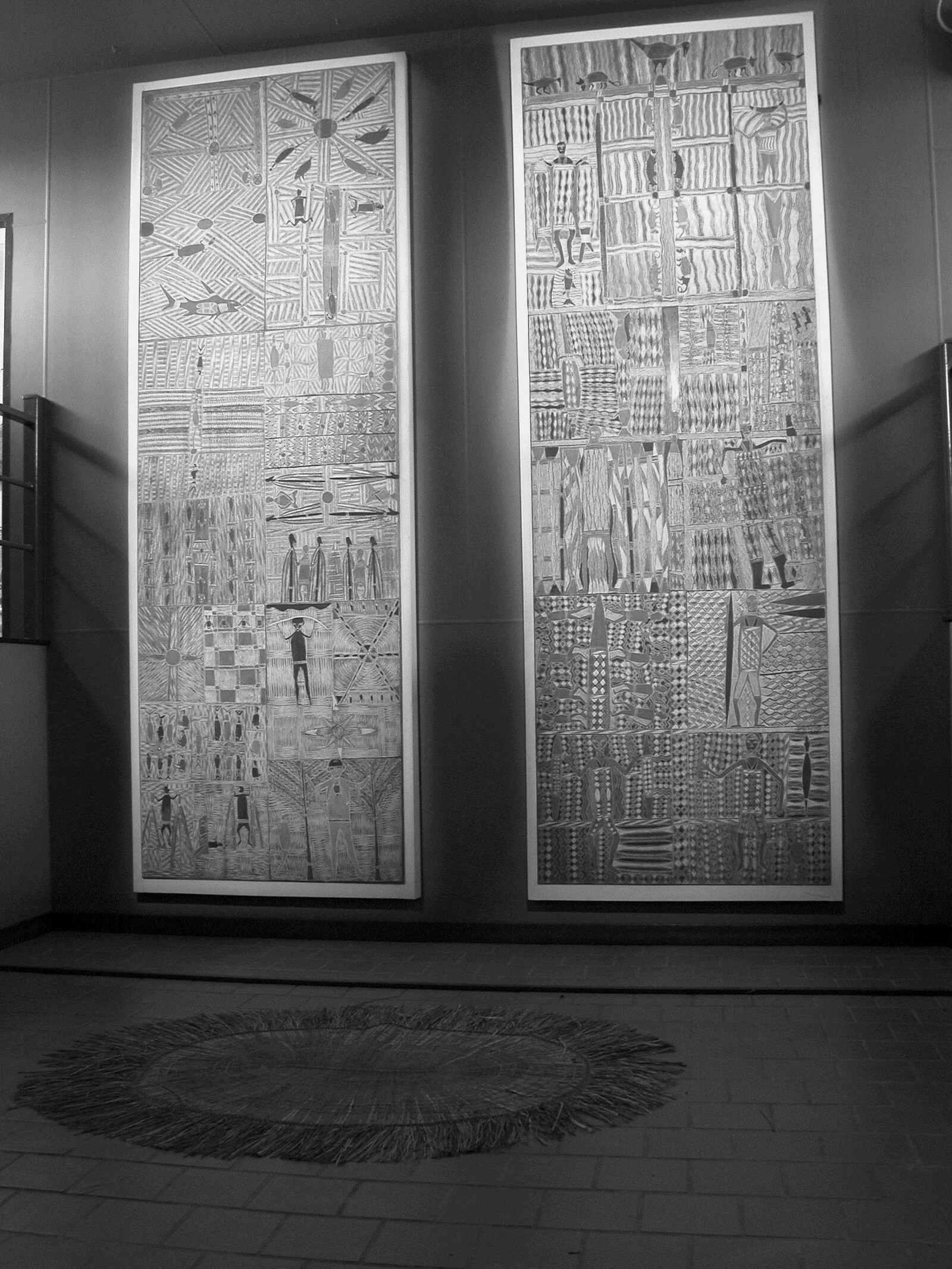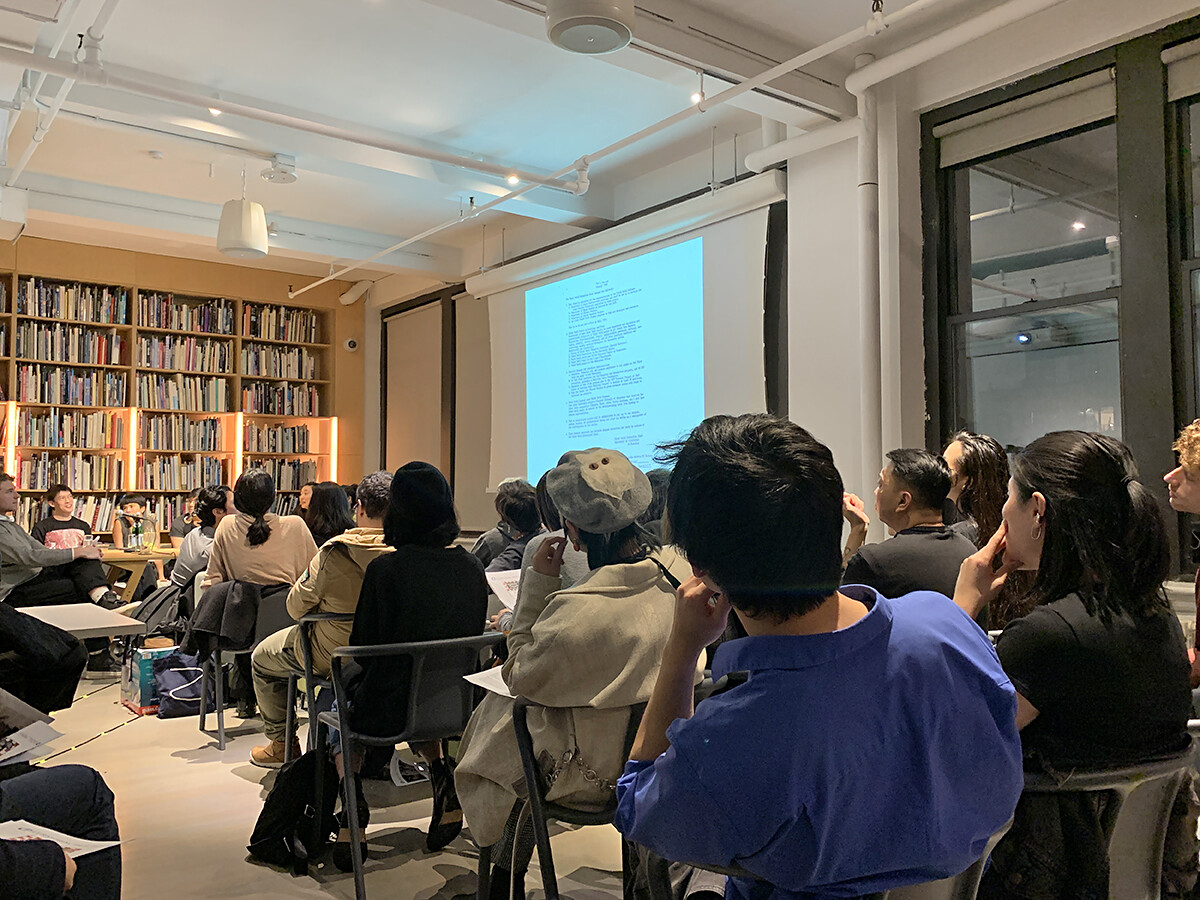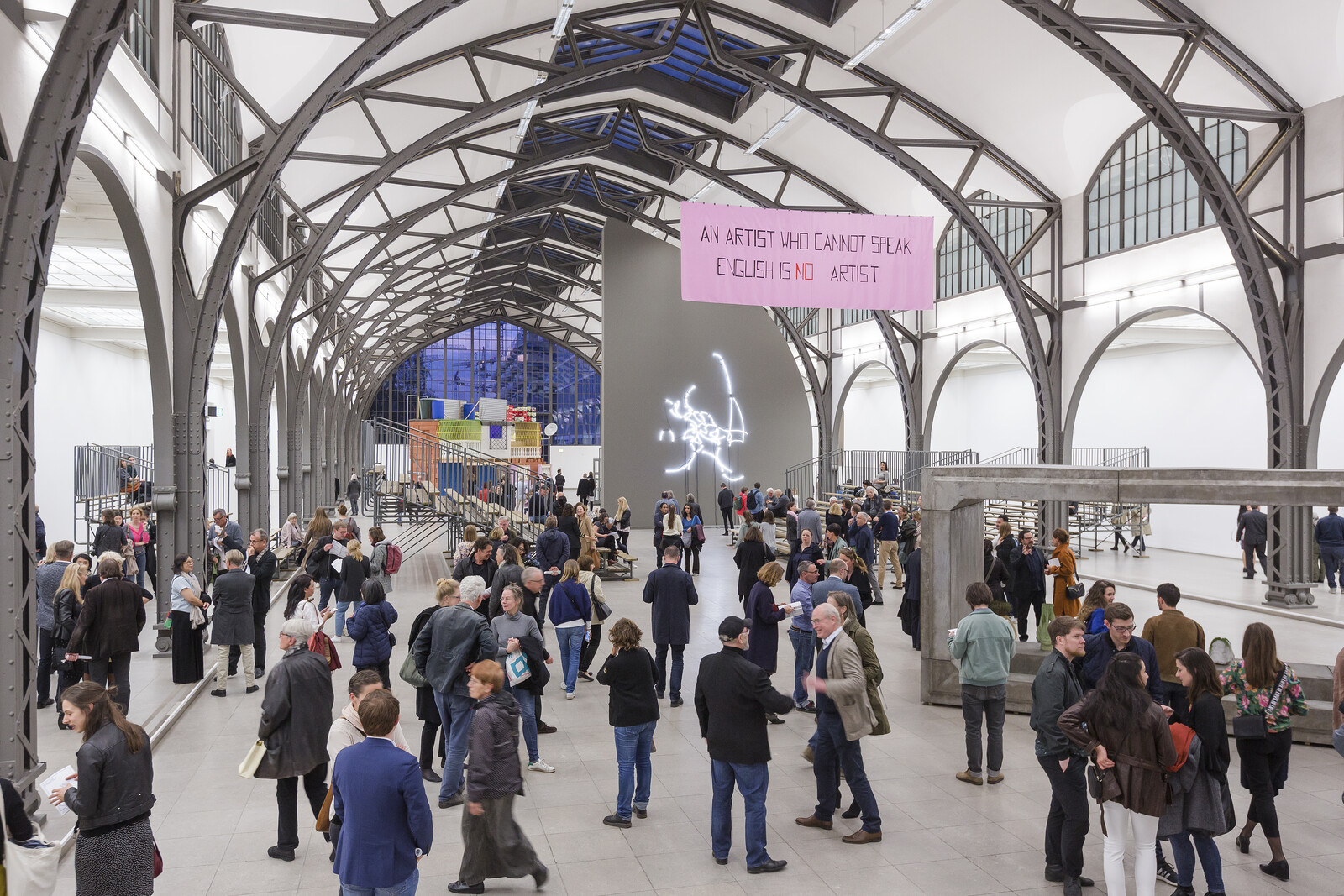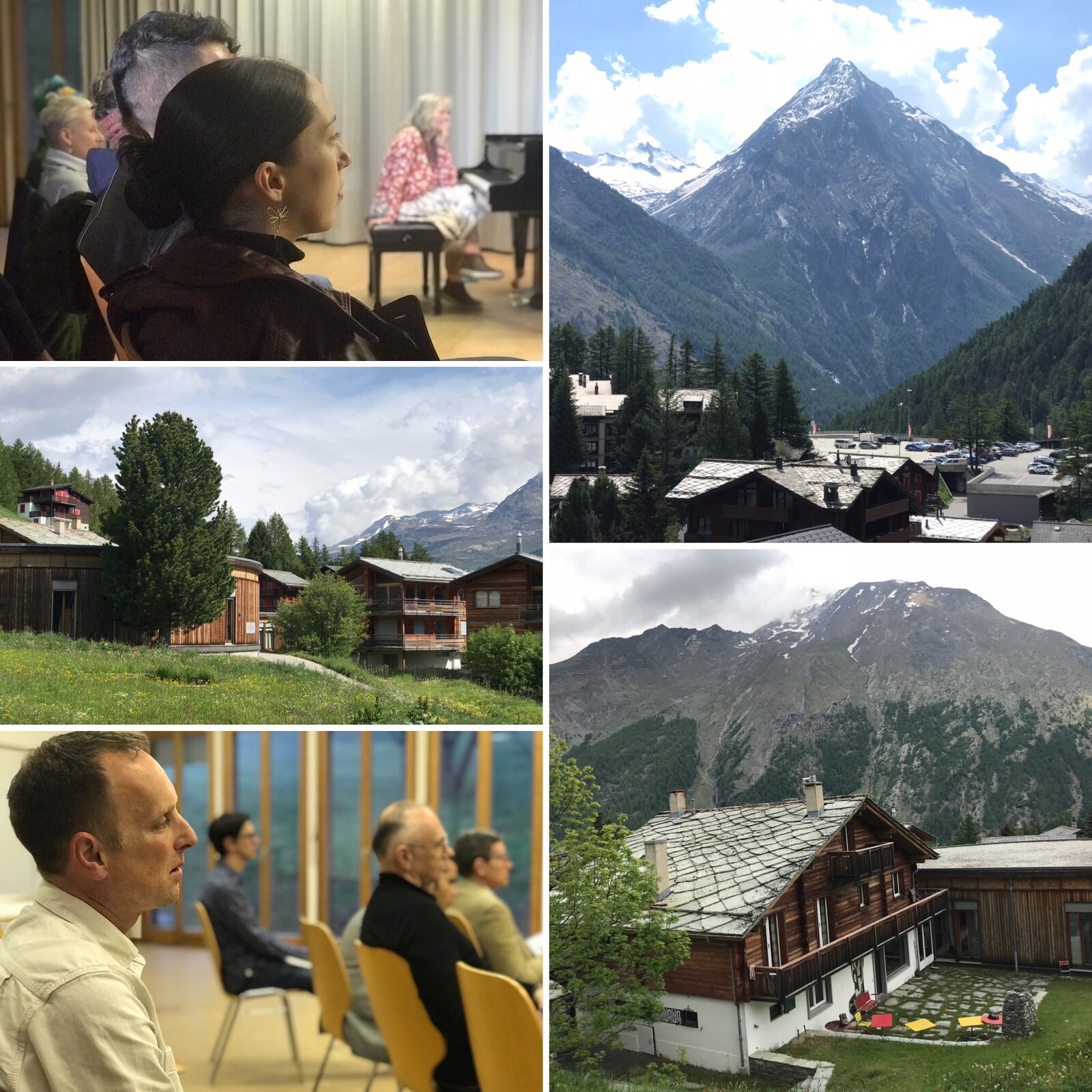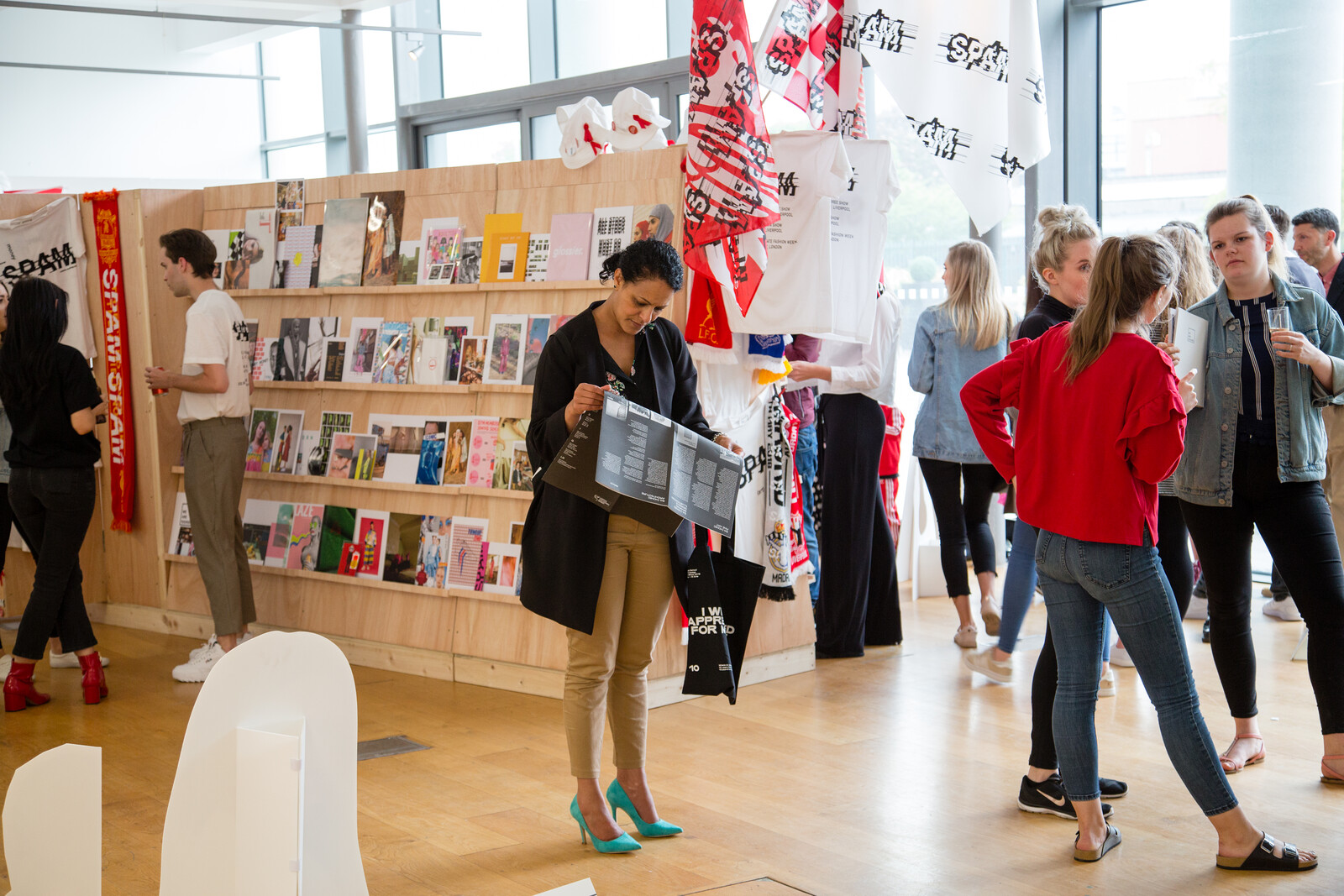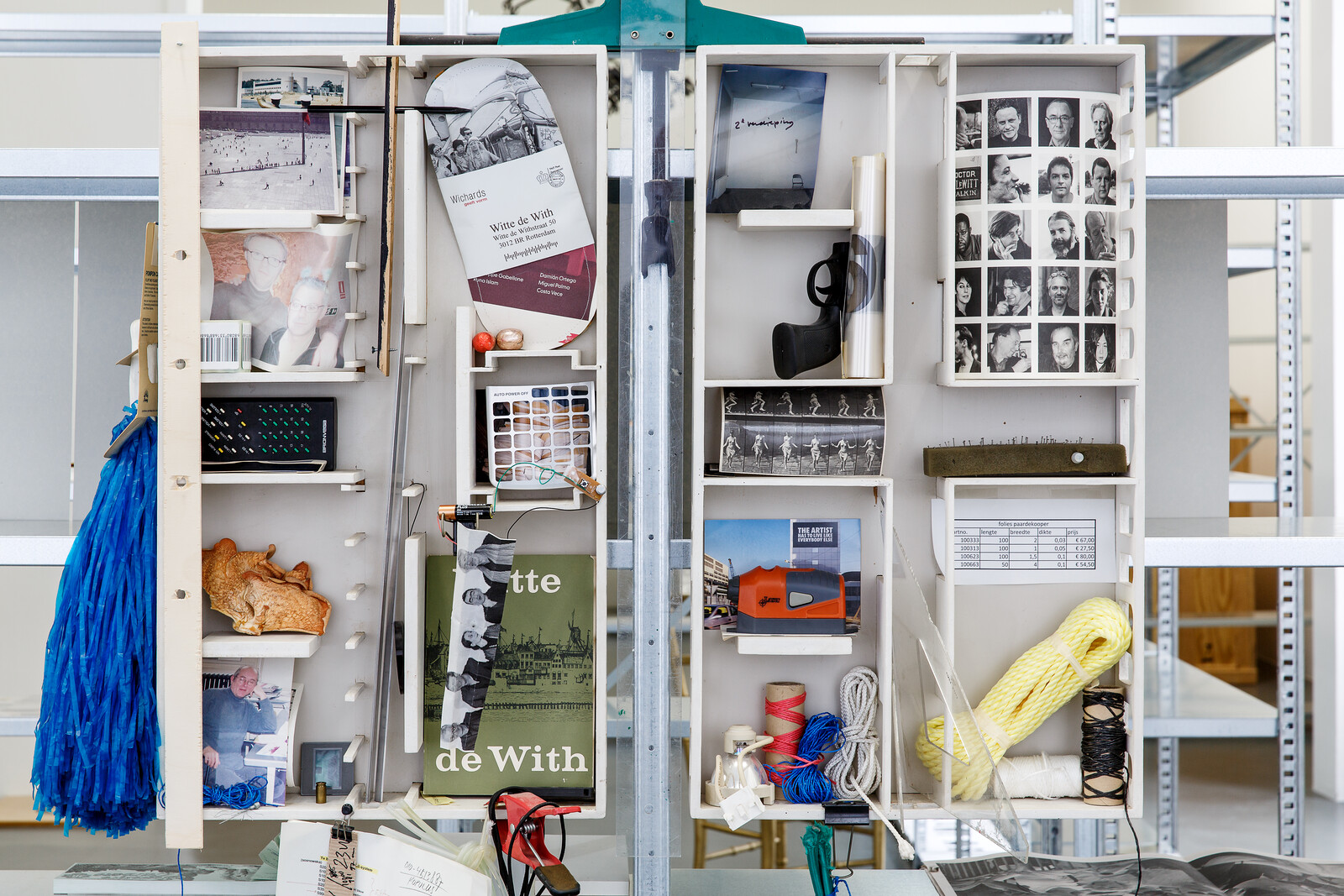Terry Smith Read Bio Collapse
Terry Smith is Andrew W. Mellon Professor of Contemporary Art History and Theory in the Department of the History of Art and Architecture at the University of Pittsburgh, and Professor in the Division of Philosophy, Art, and Critical Thought at the European Graduate School. He is also Lecturer at Large, Curatorial Program, School of Visual Arts, New York. Author of Making the Modern: Industry, Art and Design in America (University of Chicago Press, 1993), Transformations in Australian Art (Craftsman House, Sydney, 2002), The Architecture of Aftermath (University of Chicago Press, 2006), What is Contemporary Art? (University of Chicago Press, 2009), Contemporary Art: World Currents (Laurence King and Pearson/Prentice-Hall, 2011), Thinking Contemporary Curating (Independent Curators International, 2012), Talking Contemporary Curating (Independent Curators International, 2015), The Contemporary Composition (Sternberg Press, 2016), One and Five Ideas: On Conceptual Art and Conceptualism (Duke University Press, 2017), and Art to Come: Histories of Contemporary Art (Duke University Press, 2019).
In the later months of 1962 and the early months of 1963, elders of Yolŋu clans from the area known by the balanda (“white people”) as the Gove Peninsula in North East Arnhem Land came together to paint what became known as the Yirrkala Church Panels. Today, the panels and the stories that they show are revered more than ever. As a collective statement, they continue to resonate on multiple levels, from the local community outwards through several registers to, I suggest, a worldly scale. The entirely collective process through which they were produced models a collaborative form of indigenous and non-indigenous participation in the processes of reparation and reconciliation so essential to Australia’s national polity. Historical accuracy, moral accountability, restorative justice, and social unity were at stake, as they remain.

